Organic matter from Bennu is rich in ammonia and nitrogen
By: Catherine Maggiori
Synopsis: A new Nature Astronomy article discusses the chemical composition of samples from Bennu, the asteroid visited by OSIRIS-REx. Bennu samples are rich in nitrogen-containing compounds, including several prebiotic chemicals like amino acids and nucleobases.
Author info: Dr. Catherine Maggiori is an astrobiologist and microbiologist. You can find her at the bench, attempting to set up a Bluesky account, or at the climbing gym.
Article: Abundant ammonia and nitrogen-rich soluble organic matter in samples from asteroid (101955) Bennu
This is a colored view of the C-type asteroid 162173 Ryugu, seen by the ONC-T camera on board of Hayabusa2. Filters: vwx date:2018-07-12 08:01 Image level: 2b (Images after hardware correction and radiometric correction) Image Credit: JAXA Hayabusa 2
A few months ago at SAGANet, we talked about some new results from the Hayabusa2 sample return mission. Organic matter from the asteroid Ryugu is more aromatic and contains more carbonate functional groups and alkyl-aromatic spectral shapes than other carbonaceous chondrites, indicating potential unique, low temperature (<150 °C) aqueous processing from Ryugu’s parent body. These results also underscore the importance of collecting samples directly from their sources to avoid potential contamination and alteration from travel through the Solar System, atmospheric entry, and impact.
This importance is further supported in a new paper in Nature Astronomy from lead author Daniel P. Glavin that presents new results from the Origins, Spectral Interpretation, Resource Identification, and Security – Regolith Explorer (OSIRIS-REx) mission, another asteroid sample return mission to 101955 Bennu (or Bennu).
Similar to Hayabusa2, OSIRIS-REx set out to study a primitive carbonaceous asteroid, Bennu, as a record of chemistry and processes that occurred during the formation and evolution of the early Solar System. Bennu was named for an ancient Egyptian deity and was said to be the manifestation of the Sun (Ra) and resurrection (Osiris) on Earth in the form of a large gray heron.
OSIRIS-REx is the first American spacecraft to undertake an asteroid sample return mission. Launched in 2016 with collaboration from the Canadian Space Agency (CSA) and the Japan Aerospace Exploration Agency (JAXA), OSIRIS-REx reached Bennu in 2018, beginning two years of observations and surface mapping, before sample collection on October 20, 2020 and sample return to Earth on September 24, 2023.
OSIRIS-REx’s Touch-And-Go Sample Acquisition Mechanism (TAGSAM) instrument successfully collecting sample from Bennu on October 20, 2020. Click here for a full GIF.
Previous analyses of Bennu’s spectral features indicated a hydrated surface composition rich in carbon and volatiles, and containing some ammonium salts and other nitrogen signatures. Glavin et al. hypothesized here that Bennu would contain organic compounds such as protein amino acids with left-handed enantiomeric excesses, carboxylic acids, and nitrogenous bases, largely similar in composition to other aqueously altered carbonaceous asteroids and meteorites.
The team used several different analysis methods; both elemental analyser–isotope ratio mass spectrometry (EA-IRMS) measurements and Fourier-transform ion cyclotron resonance–mass spectrometry (FTICR-MS) revealed a nitrogen-rich chemistry in the Bennu samples, with a gradient of molecular sizes and carbon oxidation states.
Among the compounds detected were 33 amino acids, including 14 of the 20 canonical protein amino acids of terrestrial biology, with glycine being the most abundant. Additionally, all chiral non-protein amino acids were present as racemic (i.e. equal) or near racemic mixtures.
Chromatograms of amino acid abundances in Bennu samples, from Fig. 3 of Glavin et al.
Terrestrial biology has a strange quirk; our sugars and proteins are “homochiral”, meaning the chemical structure of their building blocks (amino acids in the case of proteins) is asymmetrical and generally favours one specific configuration. Our biology largely uses left-handed, or “L”, amino acids in proteins, as opposed to D-amino acids.
Amino acids have been detected in meteorites and comets before; even in non-racemic mixtures, the presence of amino acids in a sample is not always a definitive sign of life. Why terrestrial life exhibits such clear bias towards one chirality in its biochemistry (aka “enantiomeric excess”) is unknown, but it’s hypothesized that if some of our Earth’s organic matter was delivered here via meteoritic impacts, it could be the result of enantiomeric biases in parent asteroids or comets. These results seem to refute that assumption and our biology’s tendency towards L-amino acids may not necessarily be due to initial bias in meteoritic prebiotic chemistry.
Other important prebiotic chemicals were detected in the Bennu samples, including formaldehyde, ammonia salts, and nucleobases. This complex distribution of organic matter is inconsistent with terrestrial contamination and contrasts with Ryugu’s sulfur-rich chemistry. Bennu thus has a unique chemistry, distinct from Ryugu and other carbonaceous asteroids, and its parent body probably formed and accreted ices somewhere beyond Jupiter, where ammonia ice could be stable.
Ammonia content in Bennu samples as compared with other carbonaceous chondrites and Ryugu, from Fig. 1 of Glavin et al. Different coloured bars indicate different extraction methods.




